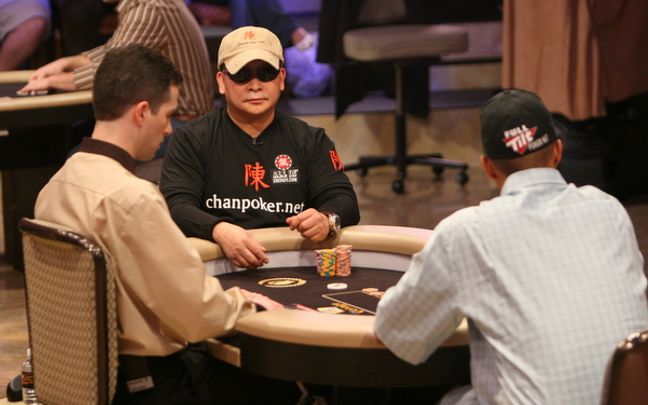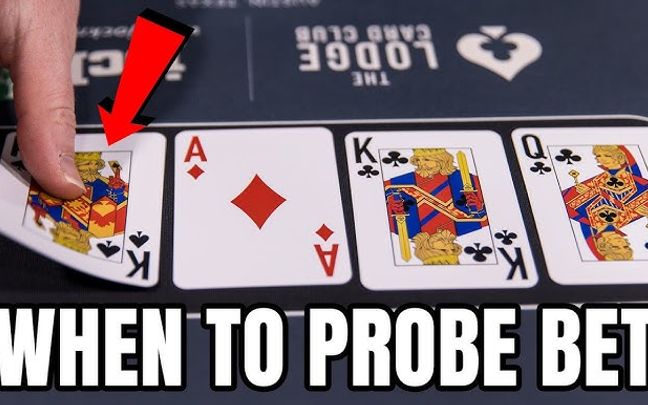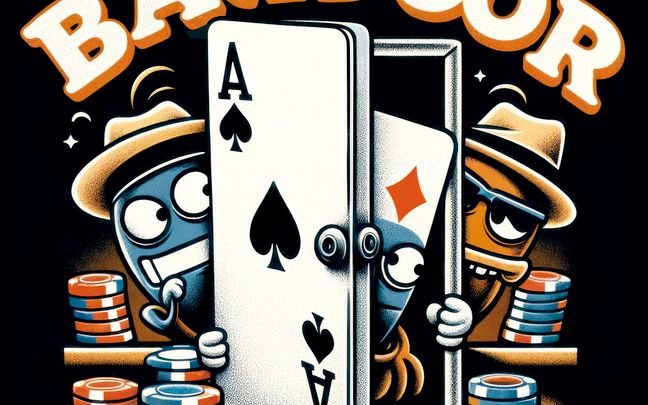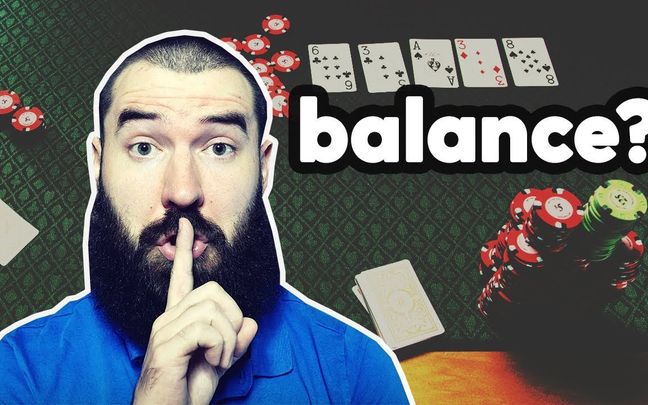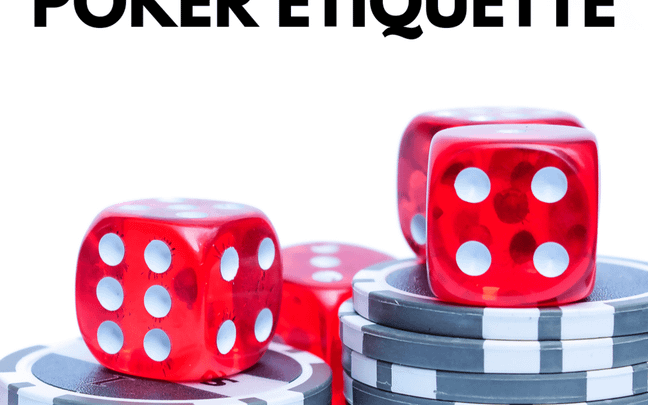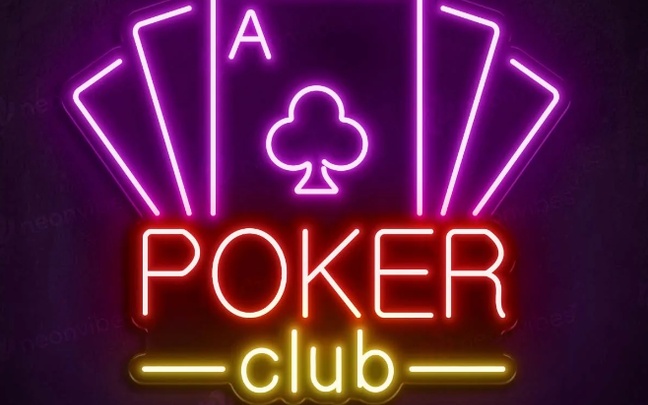The squeeze play in poker is one of the crucial yet often overlooked strategies. A squeeze is not merely a technique for raising bets; it also reflects a sophisticated strategic mindset and the ability to read opponents effectively. When executed correctly, the squeeze can completely alter the dynamics of a hand, turning seemingly disadvantageous situations into golden opportunities for victory.
So, what exactly is the squeeze play in poker, when should it be used, and how can you use it effectively? Let’s explore these aspects in this article.
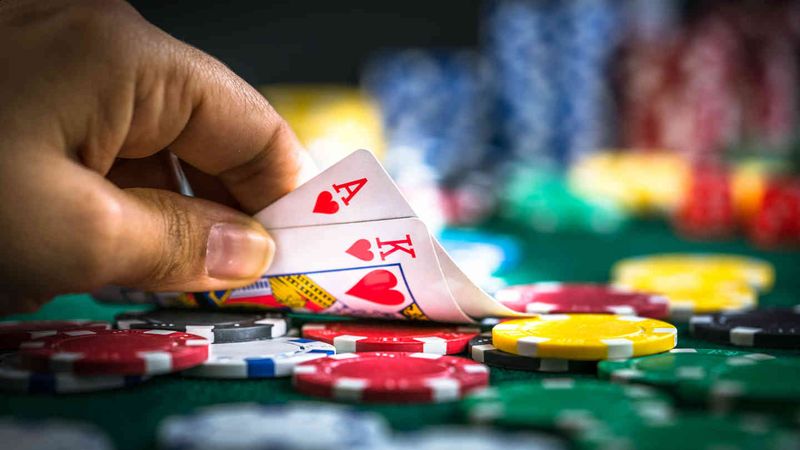
What is a Squeeze Play in Poker?
A squeeze play in poker is a strategy where a player raises the bet after one player has already bet and at least one other player has called. This tactic is often used to exploit the weakness of the callers and to apply pressure on the initial bettor. The goal of the squeeze is to force opponents to fold, especially when you believe they might not have strong hands.
Specifically:
-
Player A bets.
-
Player B calls.
-
Player C decides to execute a squeeze play by raising the bet to a higher level.
Reasons to use a squeeze play in poker may include:
-
You perceive that Player A and Player B do not have strong hands.
-
You want to leverage your image to put pressure on opponents.
-
You aim to control the game and force opponents into difficult decisions.
The success of a squeeze play in poker depends on several factors, such as your position, your image at the table, and the habits of your opponents.
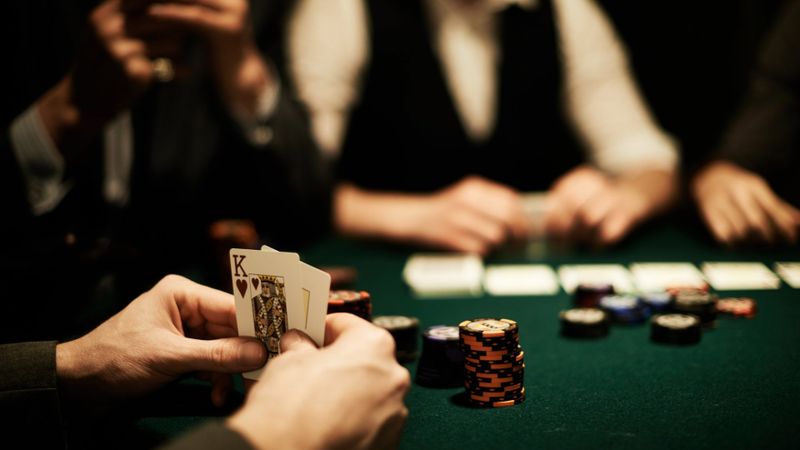
How to Successfully Execute a Squeeze Play in Poker
To execute a successful squeeze play in poker, you need to consider several factors and apply the right strategies. Here are some tips to enhance your chances of success with a squeeze play:
Understand the Situation at the Table
- Your Position
Position is extremely important in poker, and late positions—including the button, cutoff, and sometimes the last position at the table—offer a significant advantage. When you’re in a late position, you have the benefit of observing all the actions of your opponents before it’s your turn. This provides several advantages.
When you squeeze from a late position, you can control the size of the pot more effectively. This is particularly crucial when you have a large stack, as it allows you to apply strong pressure on your opponents.
The Original Raiser and Caller
To successfully execute a squeeze, it’s important to understand the tendencies of the original raiser and caller. Each opponent has a different playing style, and knowing this can help you make better decisions.
Choose the Right Raise Size
Choosing the correct raise size is crucial when executing a squeeze play. The raise needs to be large enough to put pressure on your opponents, making it difficult for them to call without a strong hand.
A squeeze should typically increase the total bet by 3 to 5 times the current pot size, including the original bet and call. For example, if Player A raises 3 big blinds and Player B calls 3 big blinds, the total pot is 6 big blinds. A reasonable squeeze would be between 18 and 30 big blinds.
A larger raise size creates strong pressure on opponents. They face a tough decision, especially if they don’t have a strong hand or are unsure about the strength of their hand. This increases the likelihood that they will fold, allowing you to win the pot without seeing the flop.
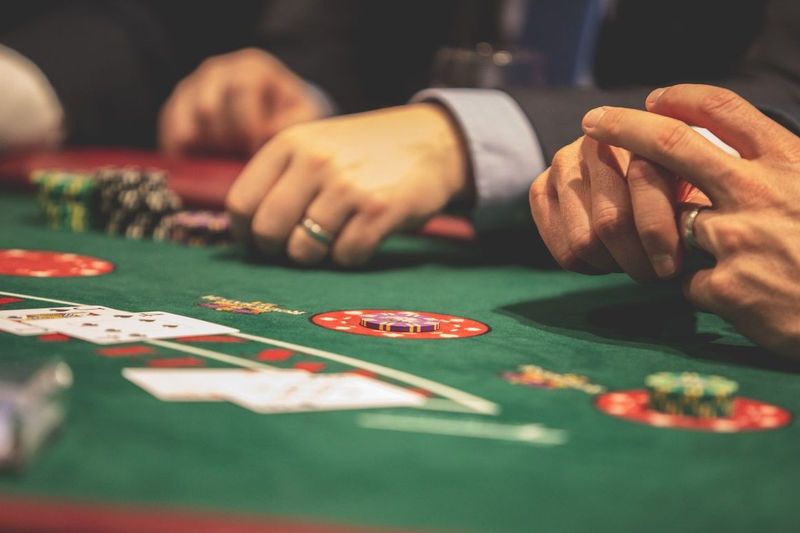
Choose the Right Moment
- Bluff or Semi-Bluff
A squeeze play in poker is not only meant to pressure opponents but also to maximize value when you have a strong hand. When you have a strong hand, a squeeze helps build a larger pot, increasing your chances of winning more chips if opponents call. However, you can also execute a squeeze with a weak hand in bluff or semi-bluff situations.
A bluff is when you don’t have a strong hand but perform a squeeze to force opponents to fold. This is effective when you assess that opponents are likely to fold because they have weak or mediocre hands.
A semi-bluff is when you have a hand that isn’t strong yet but has significant potential to improve. For example, you might have suited connectors or a hand that could easily become a straight or flush. For instance, if you have 8♠7♠ in the button position, and the player in early position raises and the player in middle position calls, you decide to squeeze. Although your hand isn’t strong now, it has significant potential to improve after the flop.
- Stack Size
Your stack size and your opponents' stack sizes are also crucial factors when executing a squeeze. When you have a relatively large stack compared to your opponents, you can apply more pressure because opponents may find it more difficult to face a large stack. They may be afraid of losing many chips and are more likely to fold.
With a large stack, your squeeze can represent a substantial portion of your opponents' stacks, creating significant pressure. Additionally, having a large stack allows for more flexibility in hand selection and play style, making you less predictable to opponents.
For example, if you have a stack of 200 big blinds and your opponent has a stack of 80 big blinds. If a player in the middle position raises to 3 big blinds and a player in the hijack position calls, and you are in the cutoff position, you decide to squeeze to 15 big blinds. With a large stack, your squeeze exerts significant pressure, forcing opponents to carefully consider their decision before calling.
Observing Opponents' Actions
To execute a squeeze play effectively in poker, it is crucial to observe and understand your opponents' playing tendencies. Knowing who is tight and who is loose can significantly improve your decision-making.
Monitoring how frequently opponents raise and call in previous hands helps you determine whether they have a tight or loose playing style. Additionally, observe how opponents react when faced with a squeeze in past situations. If they tend to fold often, it indicates that they might be susceptible to pressure.
Understanding your opponents' tendencies is key to a successful squeeze play. Tight players are more likely to fold when squeezed, while loose players tend to call more frequently. Observing specific actions and reactions of your opponents enables you to make more accurate and effective squeeze decisions, thereby maximizing your chances of success in poker hands.

Leveraging Your Table Image
Your table image is a crucial factor that can significantly influence your opponents' decisions when you execute a squeeze play. If you have cultivated an image as a tight/aggressive player (someone who only plays strong hands and plays aggressively), your squeeze will put more pressure on opponents, as they will assume you have a strong hand.
When you perform a squeeze, opponents will think carefully before calling because they know you typically play strong hands. This increases the likelihood that they will fold, allowing you to win the pot without having to see the flop. If you do have a strong hand, your tight/aggressive image will encourage opponents to call with weaker hands, helping you maximize the value of your hand.
Controlling Your Emotions
In poker, maintaining composure and not letting previous hands affect you is crucial. Allowing emotions to influence your decisions can lead to inaccurate and flawed judgments. Especially when executing a squeeze, you need to rely on logic and situation analysis rather than emotions.
If you have just lost a big hand or experienced an unfortunate draw, don’t let frustration or anger impact your current decisions. Each hand is a new opportunity and should be analyzed independently. Focus entirely on the current situation rather than dwelling on past hands. This helps you stay more focused and make better decisions.
Whether you’ve just lost a significant hand or are on a bad run, remain calm and stick to your planned strategy. A cool head allows you to evaluate the situation objectively and make more accurate decisions. Techniques such as meditation, deep breathing, or taking breaks between hands can help you maintain calm and control your emotions.

Squeeze plays in poker are a powerful and versatile strategy, requiring a deep understanding of the game and the ability to analyze opponents' psychology. Utilizing squeeze plays not only enhances your poker skills but also adds drama and excitement to the game. We hope this article has provided you with a clearer understanding of squeeze plays and how to apply them effectively in your future poker sessions. Good luck and success at the tables!

